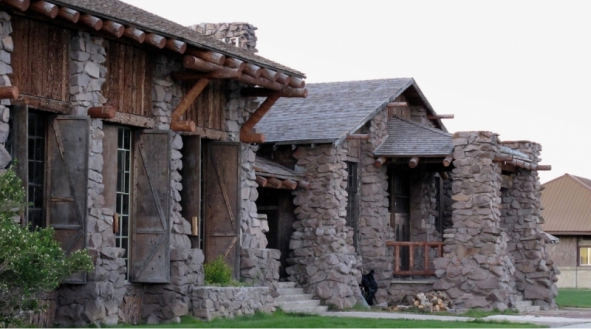- Yellowstone National Park is a popular site for earthquakes.
- Of the 1,000 to 3,000 earthquakes that have been recorded each year, only a few are strong enough to be felt.
- Many resources monitor the daily earthquake activity in Yellowstone National Park, which helps to make it a safe place to visit.
Overview
Yellowstone’s magmas, partial melts, and hydrothermal activity, combined with its underlying fault lines, makes Yellowstone National Park a popular site for earthquakes. During the years from 1975 to 2009, over 32,000 earthquakes have been recorded, either directly in the Park or near it. Of the 1,000 to 3,000 earthquakes that have been recorded each year, only a few are strong enough to be felt.
Earthquake History
The earliest account of earthquake activity in the park was recorded in 1872 by Ferdinand Hayden, who had camped in the park. He felt so many earthquakes that he referred to Yellowstone as “Earthquake Camp.”
Notable earthquakes in recent years include:
- 1959 – An earthquake with a magnitude of 7.5 on the Richter scale occurred just west of the Park near Hebgen Lake and caused the deaths of 28 people and 11 million dollars in damage.
- 1975 – A Yellowstone earthquake with a magnitude of 6.5 on the Richter scale occurred near Norris Geyser Basin, which created two new geysers, downed one chimney and created crate in a parking lot.
Despite the fact that earthquakes are ever present in Yellowstone, the Park is considered to be safe to visit. Many resources are available that monitor daily conditions at the park so you can check the frequency of earthquakes before you arrive.
If you are visiting the Park and an earthquake occurs:
- Stay outdoors if you are already outdoors. If outdoors, move away from buildings and utility wires
- If indoors, take cover under a heavy desk, table, bench, or in doorways, or against inside walls. Stay away from glass.
- If in a moving car, stop as quickly as safety permits, but stay in the vehicle. When you drive on, watch for hazards created by the earthquake, such as fallen or falling objects, downed electric wires, damaged bridges, or broken undermined roadways.



